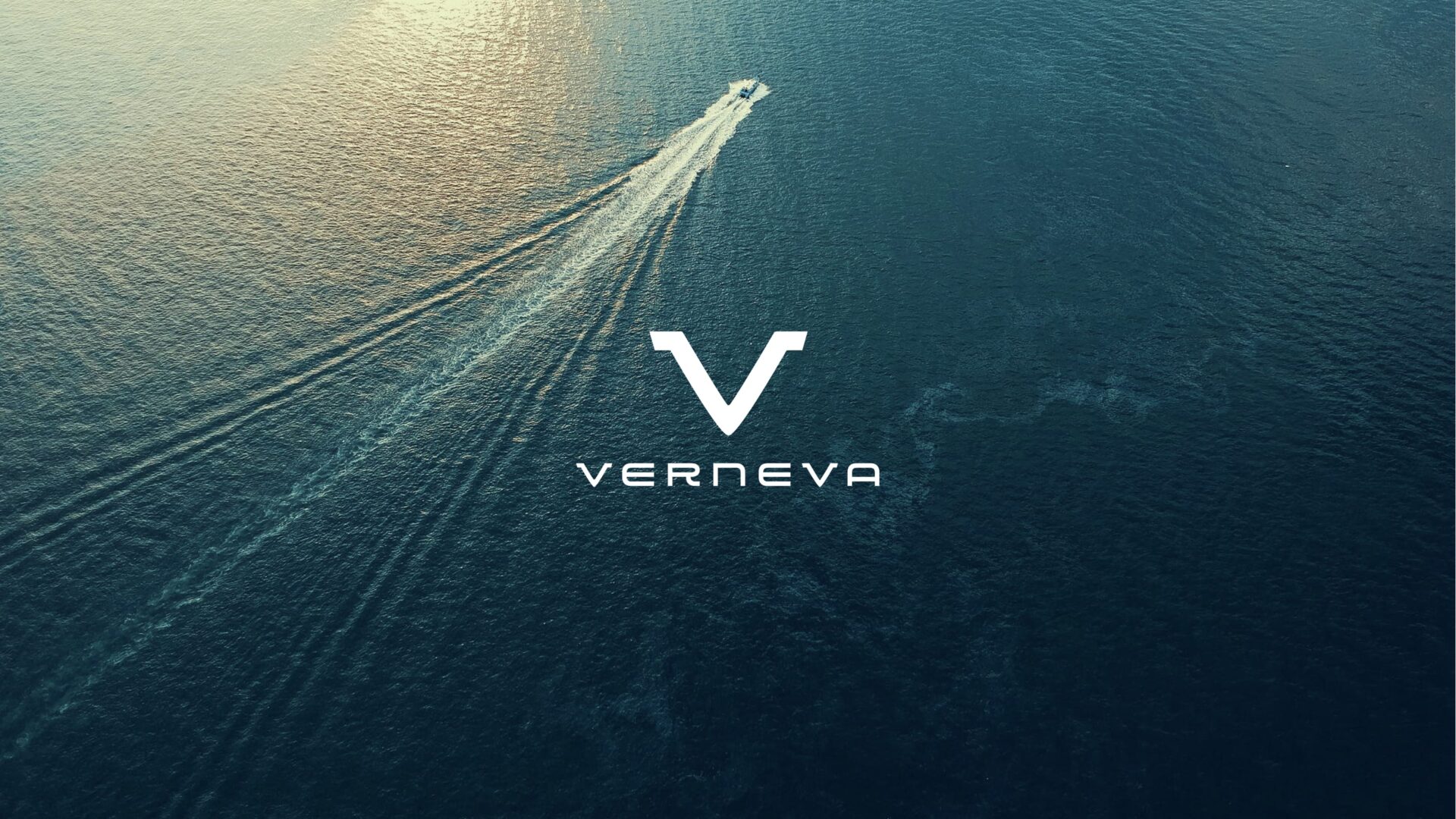
When creating a product or startup think in stages
There are so many great ideas out there but it’s so hard to realize them and actually succeed with a new product. Not just if you are a bedroom hacker or creative but also if you are a billion dollar business.
One approach that can help out that I use, is to think in different stages.
The grand vision
First, the vision needs to be super clear. What will this become in 3-5 years. Or even 10 years if you are really ambitious and think big.
This can and as I see it should be something big, unique and different.
Think about how you can sail into the blue ocean and create something that isn’t available for a certain group of people today. Imagine that you own a market. Even if the market itself might be small this product dominates.
That’s your long term vision.
It might end up different from this but at least you have a grand goal which makes everything much easier.
Good. That wasn’t so hard, was it?
The first step
This is the hardest part and where 99% fails.
How do you take the first step? In a lot of cases the first step is kind of accidental. Pure luck. Or many, many iterations and failed versions.
Think of Instagram. They didn’t start with 1.5 billion users and all the features they have today. First Kevin Systrom started a simple location check in app called Burbn – named after Kentucky Whiskeys as he was a fan of that.
The app however was too complicated with too many features that people didn’t understand or use. But what they did use was the photo sharing features.
So he focused on that and created a great but simple app for using filters on photos and sharing them with friends. Named it Instagram and it exploded as people were sharing their photos on Facebook and elsewhere, that they created on Instagram.
So there was a false start and a humble beginning to Instagram. Most successful apps and products have that. Youtube was a dating website. Facebook was called Facemash and was kind of Hot or Not website. So that’s one way of doing it, hit or miss trying different things.
But the first step can also be designed.
If you know the grand vision and where you are going (see above). It can be much easier to design the first step, which might be something else, but at least somewhat along the same path.
To decide on what the first step can be, you need to think hard on what is important to get to the next step.
Is it users?
Is it revenue?
Is it content?
Is it engagement?
Is it getting investors hooked?
Is it building the brand?
Is it proving the business model?
Maybe it’s a combination of some of the above.
Then you think of the first step more as a campaign or single feature than as a complete product. It is your MVP or Minimum Viable Product but it is also about getting to the next step.
It could be that you create a feature that you know won’t be there after it’s done it’s job. Or a landing page talking about something else than what you think of as your vision.
It could even be an ad on TikTok or just meeting potential users.
The only goal of the first step is to get to the next step where you have a more defined product to deliver. And it might involve iterating and scrapping some versions.
So don’t refine it and spend to much time on polish. Just get to it. But think hard on what is important about the first step. So you can get to the next step.
Your actual product
When you have completed the first step, depending on the goals you have set up. You now have the confidence or means to create your actual product.
This is the thing you will take to market and scale. The previous iteration might have some use, but it might also be something you throw in the trash.
Start with the core experience that you need to fulfill the great vision. This time, as you have somewhat passed the test on the first step you can be more careful on what you deliver. Take time to do it properly. But still focused. Don’t load up on features.
This is actually the easiest of all stages and where most startups focus. A lot of times creating a polished product without doing step 1 or the great vision. But it’s also the most time consuming and expensive stage.
The problem about skipping the stages before, is that reaching the next stage can become impossible.
Scaling your product
This is where you see real success. Finally.
But it only works if you have done the vision stage and the first step stage properly. If you skip this and just create a polished product and try to scale it you will most likely fail.
Startup history is full of dead but polished products.
Depending on your product this is where marketing and sales enter. This is where you scale up development. Maybe enter new markets. And possibly add more features.
If you are scaling properly and not prematurely it means you already have a winner on your hands.
So remember to design your stages.
- The grand vision – think big
- The first step – think about what is important to get to the next step
- Your actual product – take you time to do it properly
- Scaling your product – this is where you win
Also read Don’t skip these steps when naming your product or company


